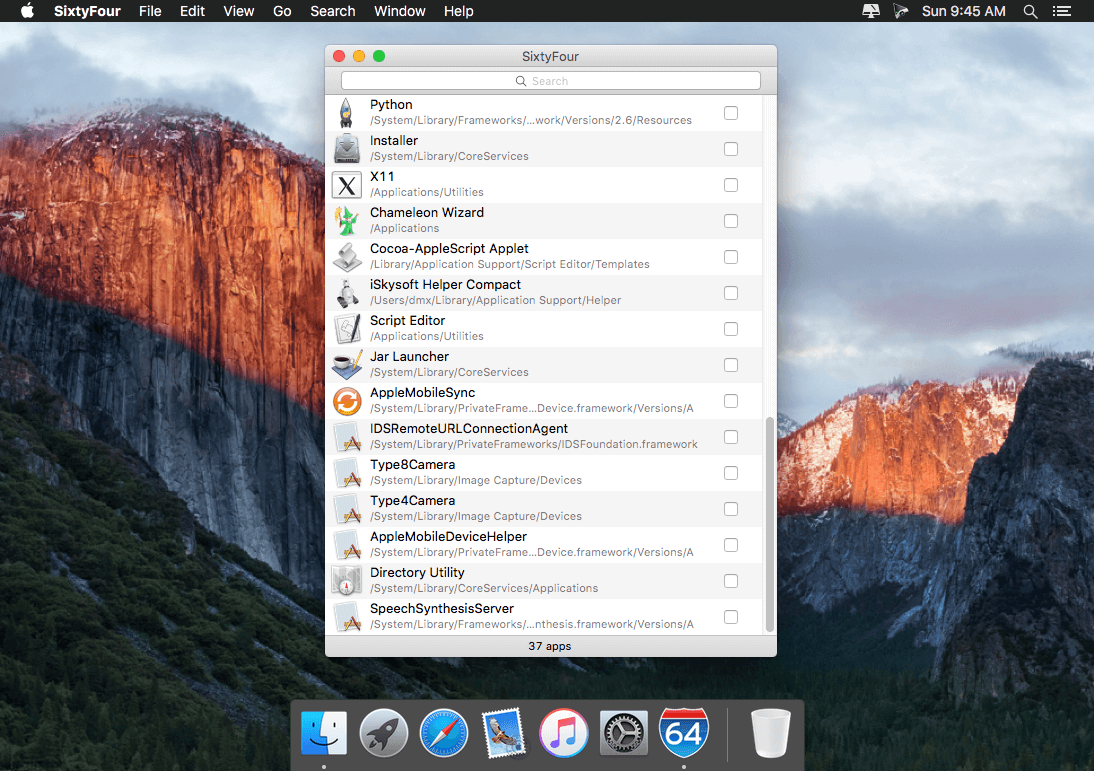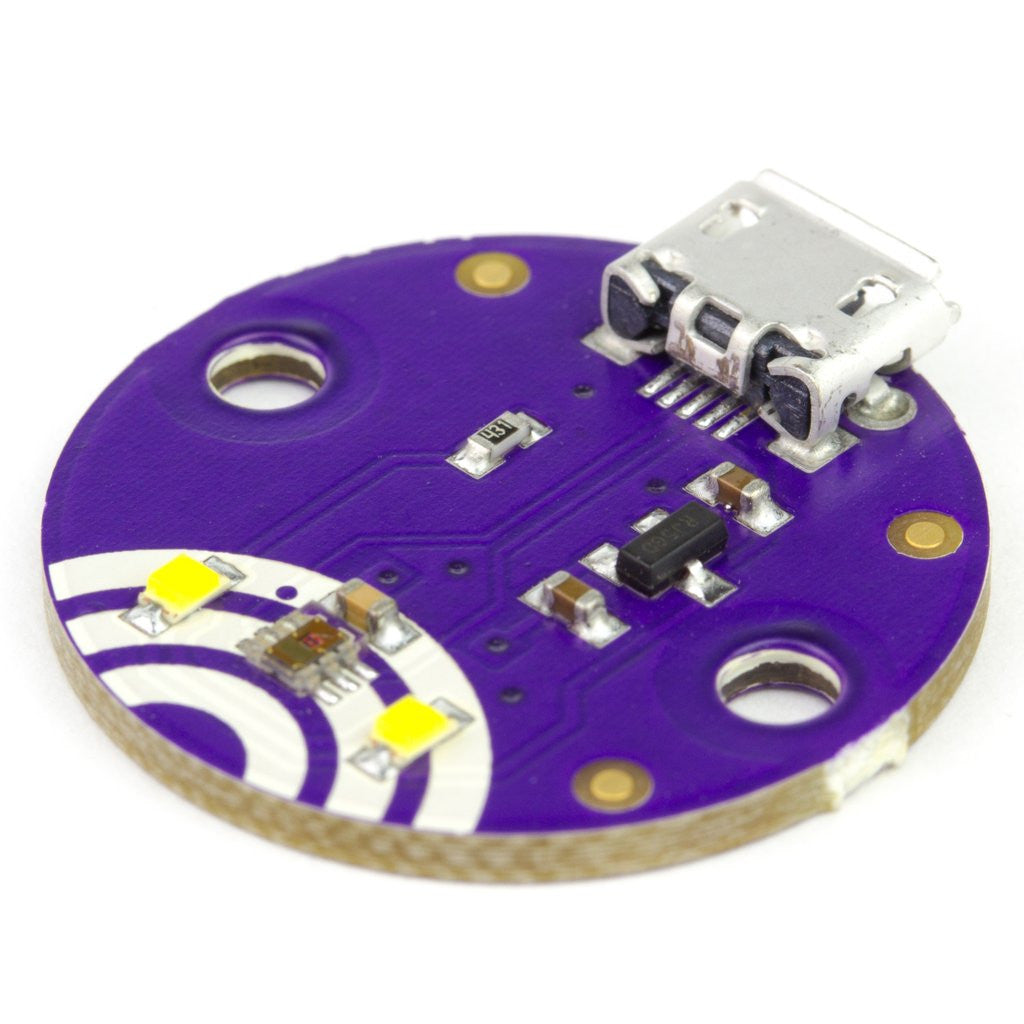



None of the LCI’s could get any closer, so we were ordered to unload anyway. This Officer never did show up, so we were told to "do the best you can." We got about 50 yards from the beach and ran into a reef. Under a lot of pressure from enemy planes and our own nearby fighting, we proceeded to White Beach, however we were instructed by the Beachmaster of Red Beach to await an officer to show us the way, as White Beach was not marked. PC1133 assumed station as escort, and in reply to a radio message received as to where the LCI’s were to beach, said to Command "Follow Me To White Beach." Forming a column behind the Flag Ship, we reached the approach lane at 0642. As the LCI’s passed between Mitita Island and Dehegila Peninsula, the U.S.S. Nicholas (DD 449), directing the LCI’s to leave the convoy and proceed independently.Īt 0540 antiaircraft fire was observed coming from shore installations on the Dehegila Peninsula and smoke was seen rising from the area of firing. At 0532 when the Task Group had reached a point just south of the southern tip of Morotai Island, orders were received by radio from the Task Group Commander in U.S.S. The convoy proceeded, without incident, west to Morotai Island. However, on September 16 th we got our first taste of what it was all about, with the invasion of Morotai Island just west of New Guinea. For the first month of operation we were assigned to transporting troops and supplies for reinforcement in and around the New Guinea area. Group 64, 65 and 66.įlotilla 22 Staff, for most of WWII was billeted aboard the USS LCI 618(FF)įlotilla 22 was formed in early August 1944 and Commanded by Commander McD Smith, as a spin off of old Flotilla 5, which was broken up. Flotilla 22 was made up of 36 of these small ships, with 3 Groups of 12 each. These conversions were made to support the landing of the Infantry. Also some of them were converted to Rocket Ships that could fire 504 – 4.5 " rockets at a range of 1000 yards also some of them were converted to mortar firing ships. Such as Gun Ships, that carried 3 - 40mm single mount guns and 4 - 20mm single mount guns. However, some of these small ships were converted to do other tasks. Each Ship could carry a maximum of a company of fully armed combat ready troops. The basic purpose of this small ship was to carry Infantry Troops for a short distance and land them on hostel beaches, all over the world. With a cursing range of 4000 miles, at a standard speed of 12 knots. The USS LCI’s (Landing Craft Infantry) were the smallest sea worthy ships of WWII, they had a Hull length of 158 feet, a hull width of 24 feet and a draft of 4 feet forward and 6 feet aft. Byrd and finally the 690 under the command of Commander Philip Porter. The first flagship was the 433 under the command of Commander James McD Smith, USN, then the 618 under the command of Commander Marion M.

The first 19 of these ships were from the old Flotilla 5. Notice: Is your ship listed here? If so, then this is part of your history.


 0 kommentar(er)
0 kommentar(er)
